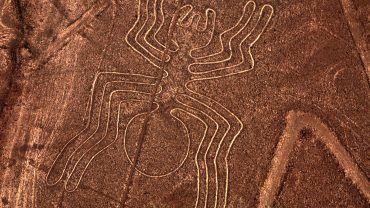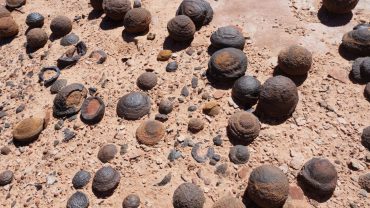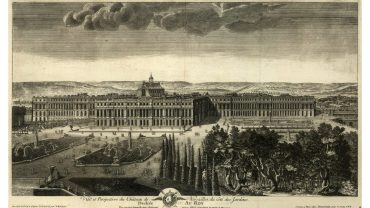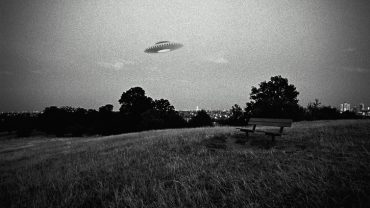History is full of stories of adventurers who were said to have reached the Americas in the centuries before Christopher Columbus in 1492. There’s archaeological evidence to suggest Norse explorer Leif Erikson may have been the first European to set foot on continental America in around 1000 AD, and according to Welsh legend, Prince Madog sailed west from Wales in 1170 and is said to have landed somewhere around present-day Alabama.
Other stories of pre-Columbian visitors to the Americas – much debated – centre on sixth century Irish monk St. Brendan the Navigator, Chinese admiral Zheng He, and even the Romans, but perhaps the most astonishing of all is that of ‘Prince’ Henry Sinclair.
Is Sinclair’s voyage to America nothing more than a fantastical tale, or did Henry Sinclair successfully traverse the brutal North Atlantic?
Let’s embark on an incredible journey that includes Venetian brothers, knights, and the Holy Grail, as well as kings and queens, princes and princesses, as we dive headlong into the story of one of the most intriguing Scotsmen of all time, Henry Sinclair.
Who Was Henry Sinclair?
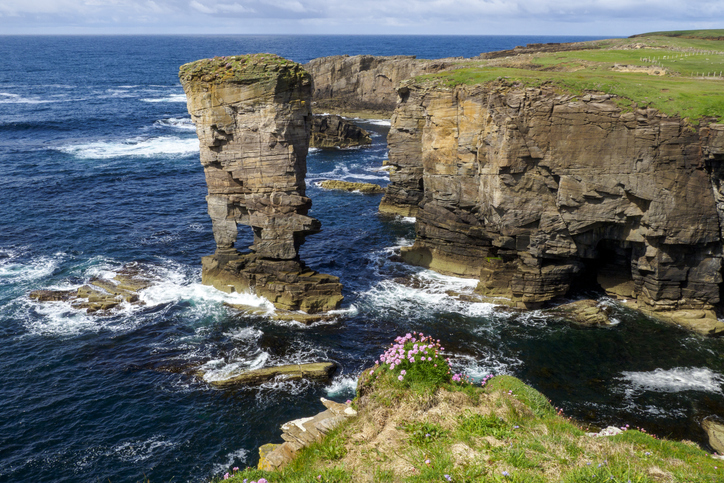
Henry became the Earl of Orkney in around 1379 (Credit: Gannet77 via Getty Images)
Henry Sinclair was born around 1345 to Sir William Sinclair, Lord of Roslin, and Isabella of Strathearn, the daughter of Malise V, Earl of Strathearn and Caithness, and the Jarl (Earl) of Orkney. He inherited a legacy of power and prestige which spanned Scotland and Norway. When his father died in 1358, he became the 9th Baron of Roslin, Pentland, and Cousland, a small area to the south and southeast of modern-day Edinburgh.
He became Henry, Earl of Orkney in around 1379, largely due to his familial connections and royal favour. After an eighteen-year vacancy in the Norwegian Jarldom of Orkney, King Haakon VI of Norway selected Henry over other contenders, recognising his maternal lineage and perhaps his diplomatic skills.
Sinclair accumulated many titles over his lifetime – some even mistakenly call him ‘prince’ – but the most significant was his appointment as Scotland’s Lord High Admiral. In that role, he oversaw the king’s ships, sailors, and all ports, harbours, and coastal defences. It’s from this naval authority that the legend of Sinclair’s voyage to America was born – but did he actually make it to the New World?
The Sinclair Family
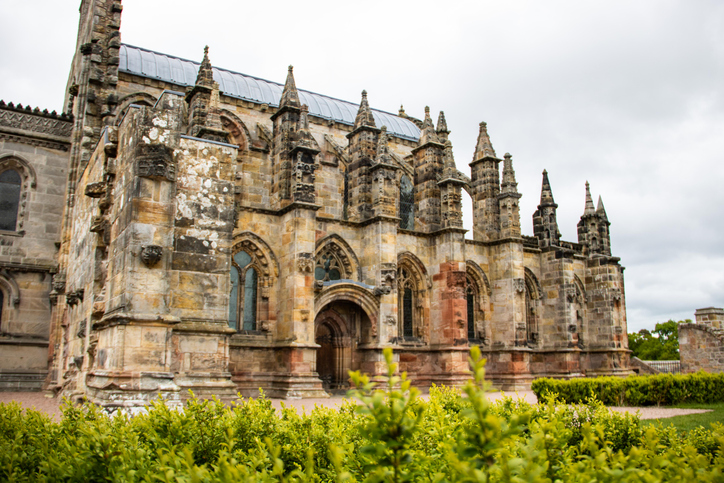
Rosslyn Chapel, founded by Sir William St. Clair in 1446 (Credit: Boris Edelmann via Getty Images)
There were unfounded rumours that Henry, Earl of Orkney married a Scandinavian princess named Florentia – possibly the daughter of the King of Denmark – although critical genealogical references, such as The Scots Peerage and The Complete Peerage, either don’t mention Florentia at all or explicitly reject her existence as fictitious. The general consensus is that this story was a later invention, perhaps intended to embellish the Sinclair family’s prestige.
What’s certain was that Henry Sinclair married Jean Haliburton in the 1360s, the daughter of prominent Scottish nobleman Sir John Haliburton of Dirleton. It’s believed the couple had at least four sons and ten daughters – although there may have been more – and one of their grandsons, William Sinclair (also known as William St. Clair) founded Rosslyn Chapel, a church long associated with the Grail legend.
Voyage Across the Sea: The Incredible Story of the Zeno Brothers
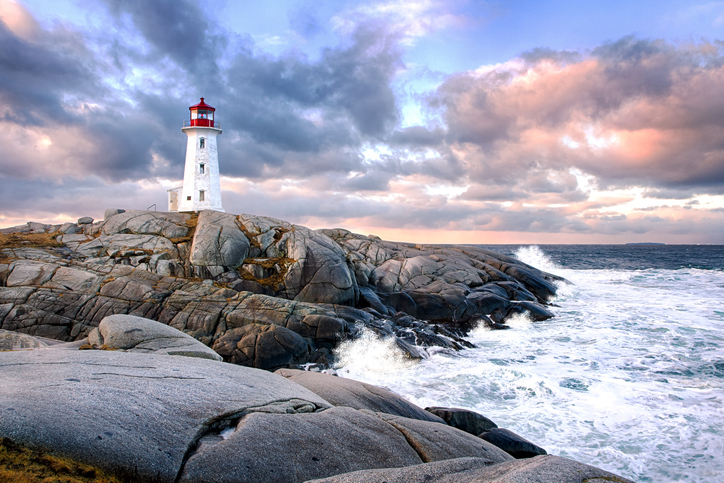
Did Henry Sinclair and the Zeno brothers reach Nova Scotia? (Credit: Joe Regan via Getty Images)
The story of the Zeno brothers and their alleged connection to Henry Sinclair is one of the most enduring – and debated – legends of pre-Columbian exploration. According to a series of letters and a map published in 1558 by Nicolò Zeno the Younger, his ancestors – Venetian noblemen Nicolò and Antonio Zeno – were part of a voyage in the 1390s under the command of a mysterious prince named ‘Zichmni.’ Many later writers, starting in the late eighteenth century, have identified Zichmni with Henry Sinclair, Earl of Orkney, suggesting that Sinclair was the leader and patron of these voyages.
The astonishing story claims that Nicolò Zeno was shipwrecked in the Orkneys and rescued by Zichmni (Henry Sinclair), who then enlisted the brothers’ maritime expertise. Together, they allegedly embarked on a series of expeditions across the North Atlantic, visiting places such as Greenland and Iceland, and possibly venturing even further west. During their time in the Orkneys, the story goes, a fisherman returned after being lost for twenty-five years, recounting that he had been blown far west by storms and had reached a temperate land beyond Greenland, inhabited by strange natives. This tale supposedly inspired Zichmni and the Zeno brothers to attempt a voyage to these unknown lands.
The Zeno letters claim that, after hearing the fisherman’s tale, the three main protagonists and their crew set out westward. They reportedly reached a temperate land with a good harbour and timid, cave-dwelling inhabitants – some have speculated this was North America, possibly Nova Scotia. The narrative links certain described features to real places, but these associations are highly speculative.
Are these letters proof of Sinclair’s voyage to America? Modern historians are sceptical of the Zeno account. The letters and map are widely considered dubious, with many experts suspecting they were fabricated or embellished by Nicolò Zeno the Younger in the sixteenth century. There are huge inconsistencies in the timeline – contemporary records place the Zeno brothers elsewhere during the supposed voyages – and there’s no evidence supporting the story or the identification of Zichmni as Henry Sinclair.
Ultimately, while this fascinating story has inspired plenty of speculation about Sinclair’s possible voyage to America, there’s no reliable historical foundation for any of these claims. The tale remains a blend of legend, conjecture, and wishful thinking rather than established fact.
Henry Sinclair, Knights Templar?
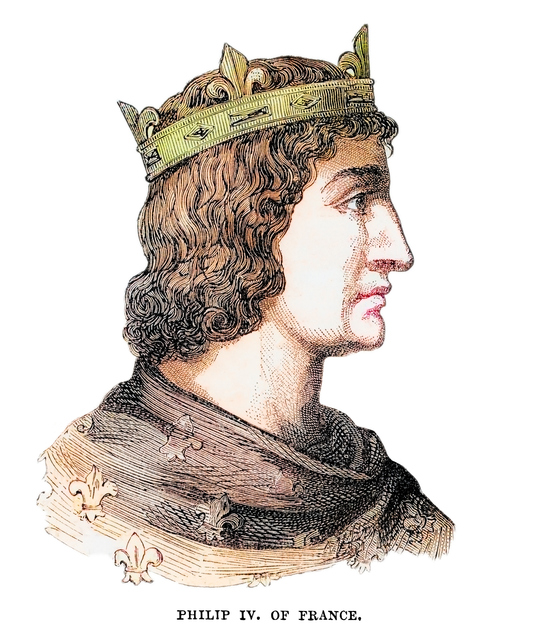
Philip IV was instrumental in dissolving the Knights Templar (Credit: mikroman6 via Getty Images)
Another enduring legend surrounding Henry Sinclair is his supposed association with the Knights Templar. Some even claim he was a member of this once-powerful religious military order. This myth has been fuelled by tales of Templar knights fleeing persecution in France and finding refuge in Scotland, as well as by the later construction of Rosslyn Chapel by Sinclair’s grandson – an ornate building that many believe incorporates Templar and Grail symbolism. However, the chapel was built nearly 150 years after the Templars were officially disbanded, casting serious doubt on this idea.
Indeed, historical records provide no evidence of Sinclair’s supposed involvement with the Templars. In fact, during the 1309 Scottish proceedings against the Order, two members of the Sinclair family – Henry St. Clair of Roslin and his son William – testified against the Templars, which contradicts the idea that the family bore the order any secret allegiance.
The Templar order itself was formally and violently dissolved in 1312 by Pope Clement V under pressure from King Philip IV of France, more than three decades before Henry Sinclair was even born. As with the story of his alleged voyage to America, the idea of Sinclair’s ties to the Templars appears to be a romantic invention of later centuries rather than a reflection of actual history.
The Death of Henry Sinclair
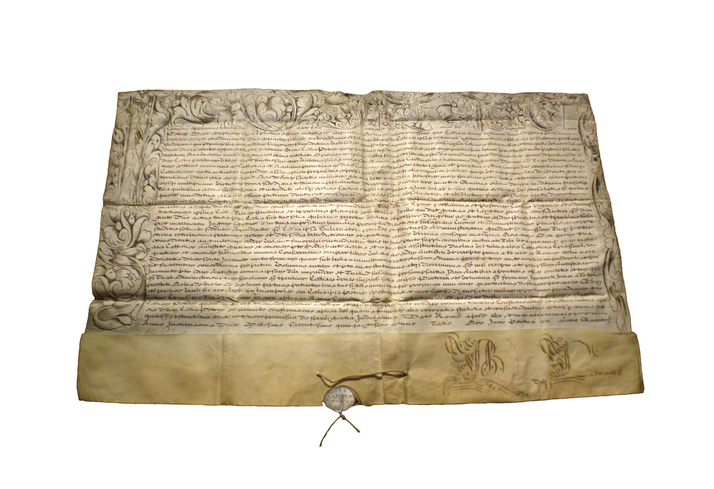
A signature on an ancient charter may suggest Henry was still alive in 1404 (Credit: grap0885 via Getty Images)
There are a few conflicting stories about when Henry died. One suggested he died during or immediately after an English invasion of Orkney in 1401 in retaliation for a Scottish attack on a fleet of English ships near Aberdeen. In a charter written or commissioned by a grandson, it said ‘and for the defence of the country was slain there cruellie by his enemiis…’, however that may not be true.
Alternatively, there’s a signature on a charter from King Robert III by one Henri Santo Claro (Henry St. Clair) dated January 1404, so some assume he was still alive at that point. His first-born son (also Henry, Earl of Orkney) assumed the title around 1404 or 1405 so it’s likely Henry I Sinclair died later in 1404.
Henry Sinclair: Tall Tale or Travelling Trailblazer?
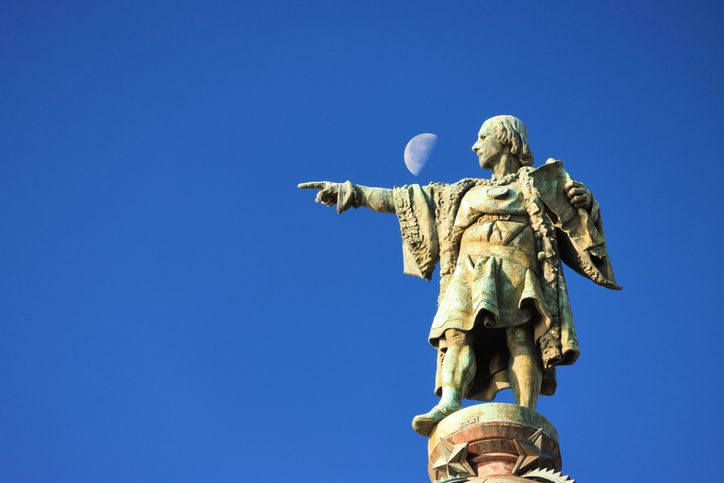
Columbus discovered America, didn't he...? (Credit: David Soanes Photography via Getty Images)
Henry Sinclair, Earl of Orkney, was a formidable Scottish and Norwegian noble whose life bridged the worlds of medieval Scotland and Scandinavia. While he played a significant role in consolidating royal authority in Orkney and Shetland and was the grandfather of William Sinclair, builder of Rosslyn Chapel, his enduring fame rests largely on the legend that he explored North America nearly a century before Columbus.
Despite the romantic tales of transatlantic voyages and associations with the Knights Templar, there’s almost no evidence to support these claims, and most historians regard them as later inventions.
According to author William Thompson in his 2008 book The New History of Orkney, ‘It has been Earl Henry’s singular fate to enjoy an ever-expanding posthumous reputation which has very little to do with anything he achieved in his lifetime.’

